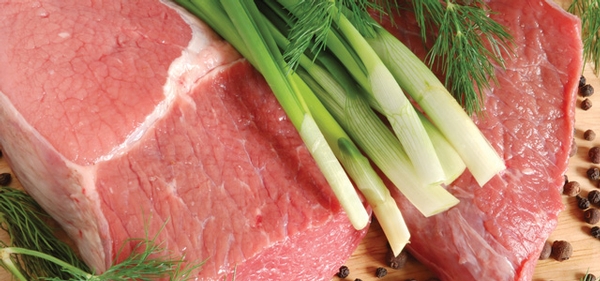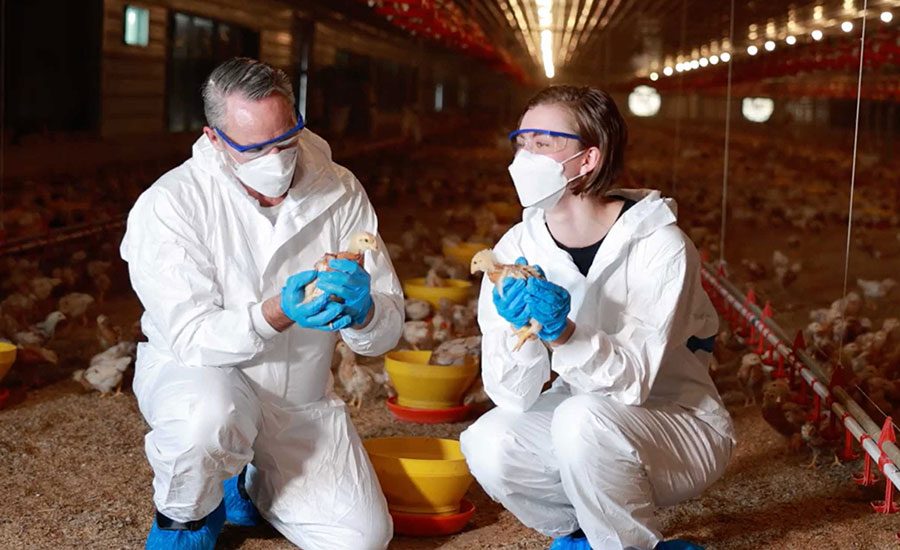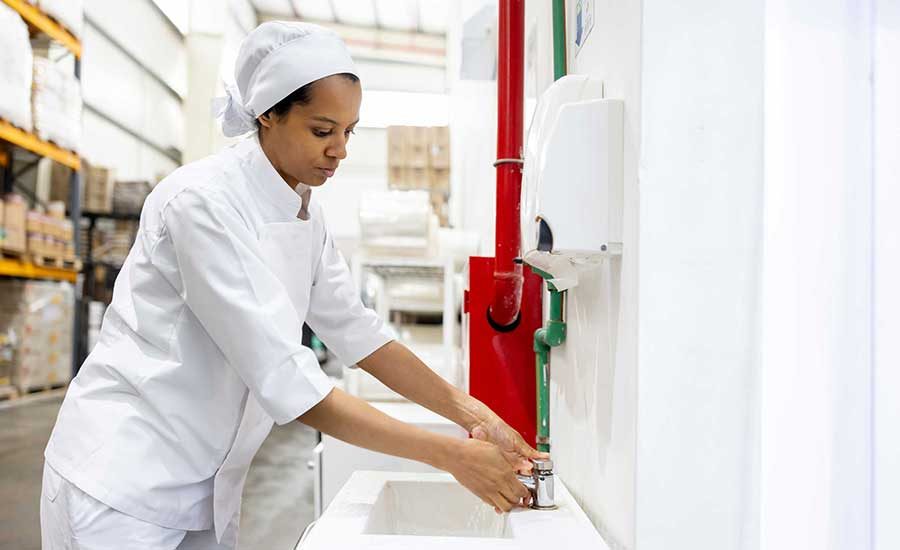Europe is the world’s second-leading manufacturer of pork and its third-leading manufacturer of beef. Meat production is a basic branch of the European economy, making meat one of the essential diet ingredients in Europe and an important component of traditional dishes. Therefore, the quality and taste of meat has always been of great importance; animal breeding, improving processing methods as well as increasing safety standards and production quality are top priorities. Considerable European experience in breeding meat animals is supported by a wide-ranging, science-based food safety control system.
European meat production traditions and care for the quality and taste of meat have inspired the preparation of a 2-year campaign called “Tradition, Quality and European Taste” that is running simultaneously in three markets: U.S., South Korea and Vietnam. The project is funded by the European Union (EU) and the Republic of Poland.
This campaign is of an informative and promotional nature, endorsing fresh, cooled or frozen beef and pork and food preserves based on these products. It continues the “Table Full of Tastes” campaign conducted between 2008 and 2009 in the U.S. and South Korea. The “Tradition” program is intended to spread knowledge about the export of European meat to individual markets, while taking into account regulations effective in those market areas.
The campaign primarily targets distributors, wholesale customers, importers, local manufacturers and food processing companies as well as sector associations. Informative and promotional activities present issues related to quality, safety of European meat production and animal breeding conditions through production standards to EU certification systems.
Food Safety Policy in the EU: Implications Worldwide
Food safety policy of the European Commission is mainly aimed at ensuring high levels of consumer interest and health protection. A white paper issued in 2000 marked the beginning of work on the EU-integrated food safety system, which stipulated reforms of the European food law, established the European Food Safety Authority (EFSA) and determined a set of the most important food safety principles and amendments to meat production and processing laws.
A decision was made to develop and introduce an integrated food supervision system known as “From Farm to Table,” which covers all production stages: production of forage, ani-mal health control, hygienic and microbiological conditions at production, food processing, labeling, storage, transport and retail sales. Manufacturers and distributors, essential components of the production process, are not only obliged to observe the highest quality standards in their products but also to keep a record of deliveries, suppliers and customers. The monitoring of all production and distribution stages allows for product identification, tracing its origin and the origin of its components; the system is called “step back- step forward.”
EFSA is in charge of supervising the level and validity of the implemented laws, standards and regulations. It is a highly qualified unit of experts and scientists that monitors all food safety-related issues. The authority determines standards for food products and prepares legal acts on food. Its operation is primarily aimed at ensuring high levels of human life and health protection, considering animal health safety and well-being as well as caring for the natural environment.
Research, analysis and work conducted by EFSA have helped make the EU a pioneer in analyzing and managing food-related risks. The EU’s hazard (risk) warning, managing and communicating systems and mechanisms based on solid science are unrivaled anywhere in the world, guaranteeing that no hazardous food case, whether related to cheese or meat, will be neglected and thus consumers can feel safe.
EU countries have a very efficient veterinary control system. In addition to standard toxicological tests for parasites, cattle for slaughter are subject to tests detecting prions, factors responsible for development of bovine spongiform encephalopathy, and pork is tested for the presence of dioxins. Both kinds of meat are subject to other tests as well.
Detailed regulations in force in the EU determine acceptable and unacceptable substances that can be administered to animals at breeding. Hormones, growth stimulators and antibiotics, for example, are forbidden.
Safety regulations implemented in the EU within the “From Farm to Table” system impose requirements to label/mark the meat so that it is possible to identify the kind of meat, the origins of the meat, where the meat was prepared, packed and delivered and its expiration date. EU regulations became stricter in 2003 to cover all products containing meat. Labeling is an important part of the food safety system and contributes added value, since—according to research—consumers are ready to pay more and are eager to buy meat from a proven source documented with a stamp.
Meatpacking methods in the EU are also governed in detail by sanitary regulations. Meat shall be cut and packed under natural environmental conditions where the cooling chain is uninterrupted. The staff is trained and tested, and the methods of constructing and disinfecting rooms and equipment clearly specified.
Quality Systems and Certificates in the EU
The “Tradition, Quality and European Taste” campaign promotes issues concerning characteristics of the products covered by the program. It will tackle topics related to implementing quality assurance systems and quality management. These systems are defined as “formalized actions and methods applied at production that guarantee obtaining the highest possible food quality as well as its full safety.” These systems are as follows:
• Hazard Analysis and Critical Control Points-based production, which is defined as an obligatory system in the EU that comprises a systemic approach to food safety. The system identifies, evaluates and controls (in the sense of supervision/planning) hazards relevant to food safety.
• Widespread production and certification practices within international systems that include the following:
• ISO 9000 series standards and ISO 22000, which determine requirements for all organizations in the food chain (“From Field to Table”). The standard is not mandatory and can be used independently of other management system standards.
• The British Retail Consortium (BRC) system, which is a standard targeting food manufacturers, particularly those interested in cooperation with chain stores that treat the BRC certificate as their own verification of suppliers.
• The International Food Standard, which is a standard developed by German retailers associated in Hauptverband des Deutschen Einzelhandels e.V. (German Federation of Retailers) and French retailers associated in the Federation des Enterprises du Commerce et de la Distribution (French Federation of Retailers and Wholesalers).
• GLOBALG.A.P., which is an independent, voluntary system of securing food safety, primarily for agricultural production. One of the key goals of this standard is to minimize the use of fertilizers and pesticides to reduce unfavorable impacts on the environment.
The Union of Producers and Employers of the Meat Industry is a professional organization representing the meat-processing sector in Poland. Its members include owners of meat plants, processing and distribution companies, representatives of pig and cattle breeders and associations of producers.
“Tradition, Quality and European Taste” Campaign on European Meat Safety

Looking for a reprint of this article?
From high-res PDFs to custom plaques, order your copy today!







.webp?t=1721346792)
